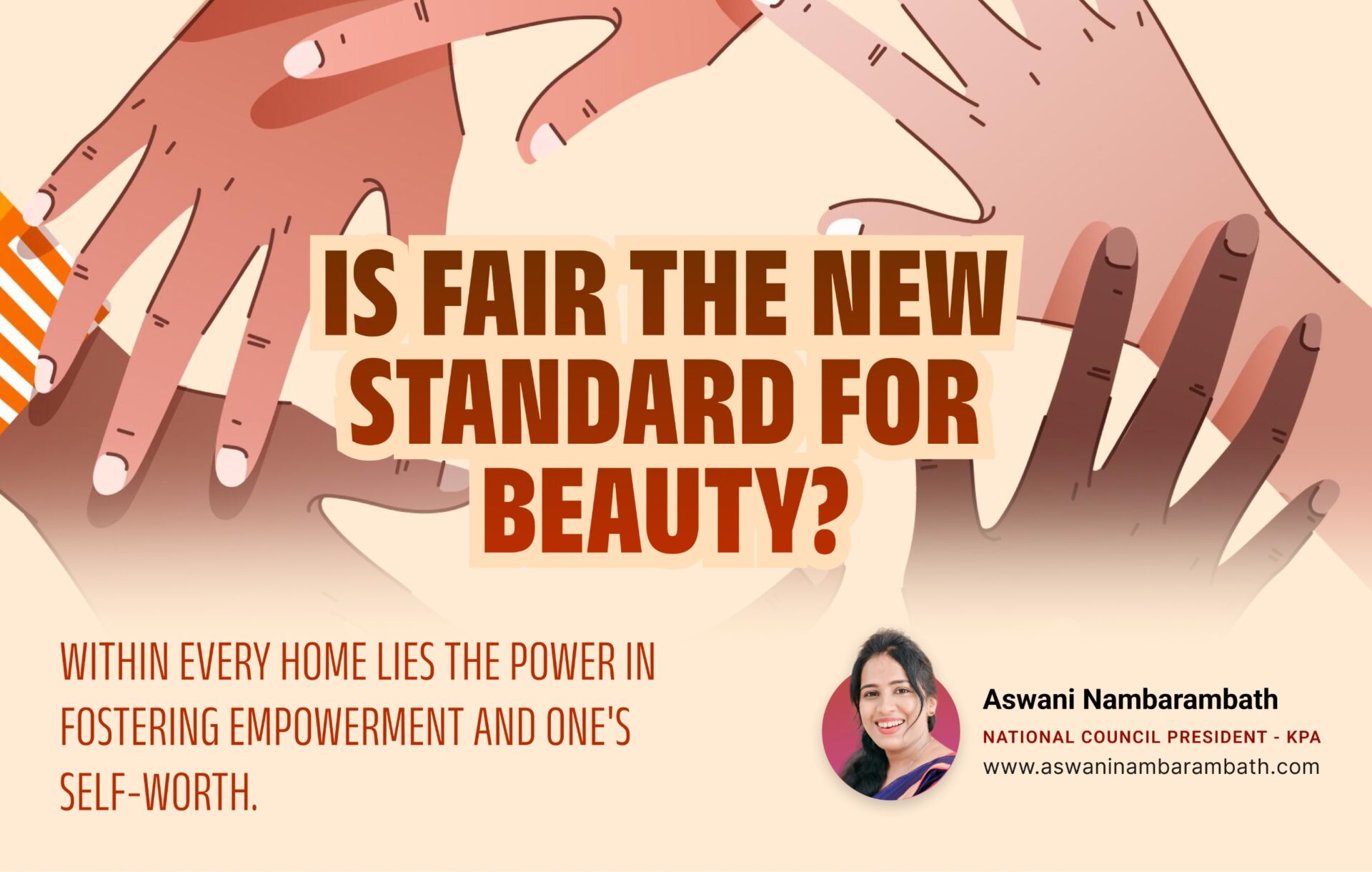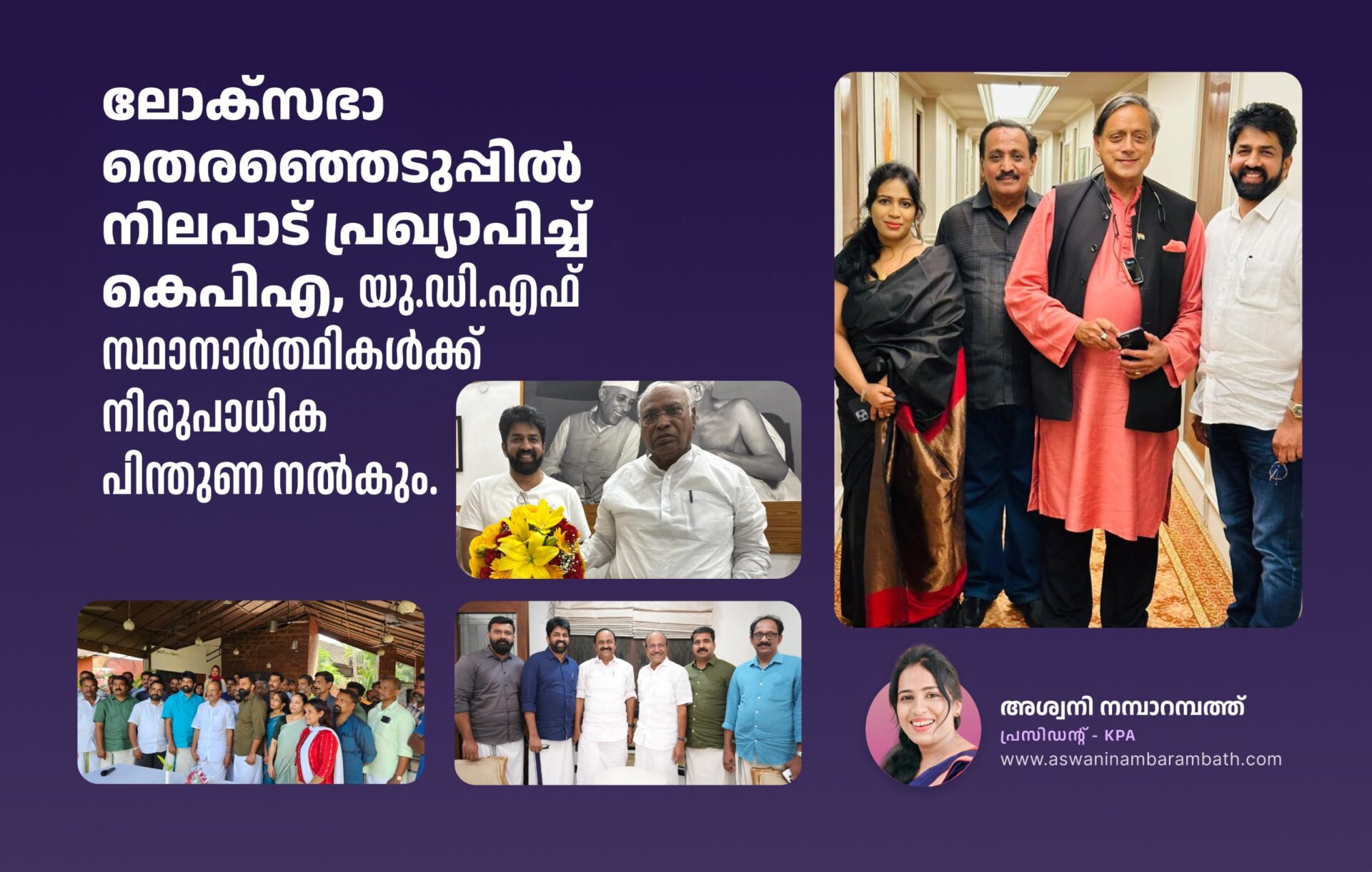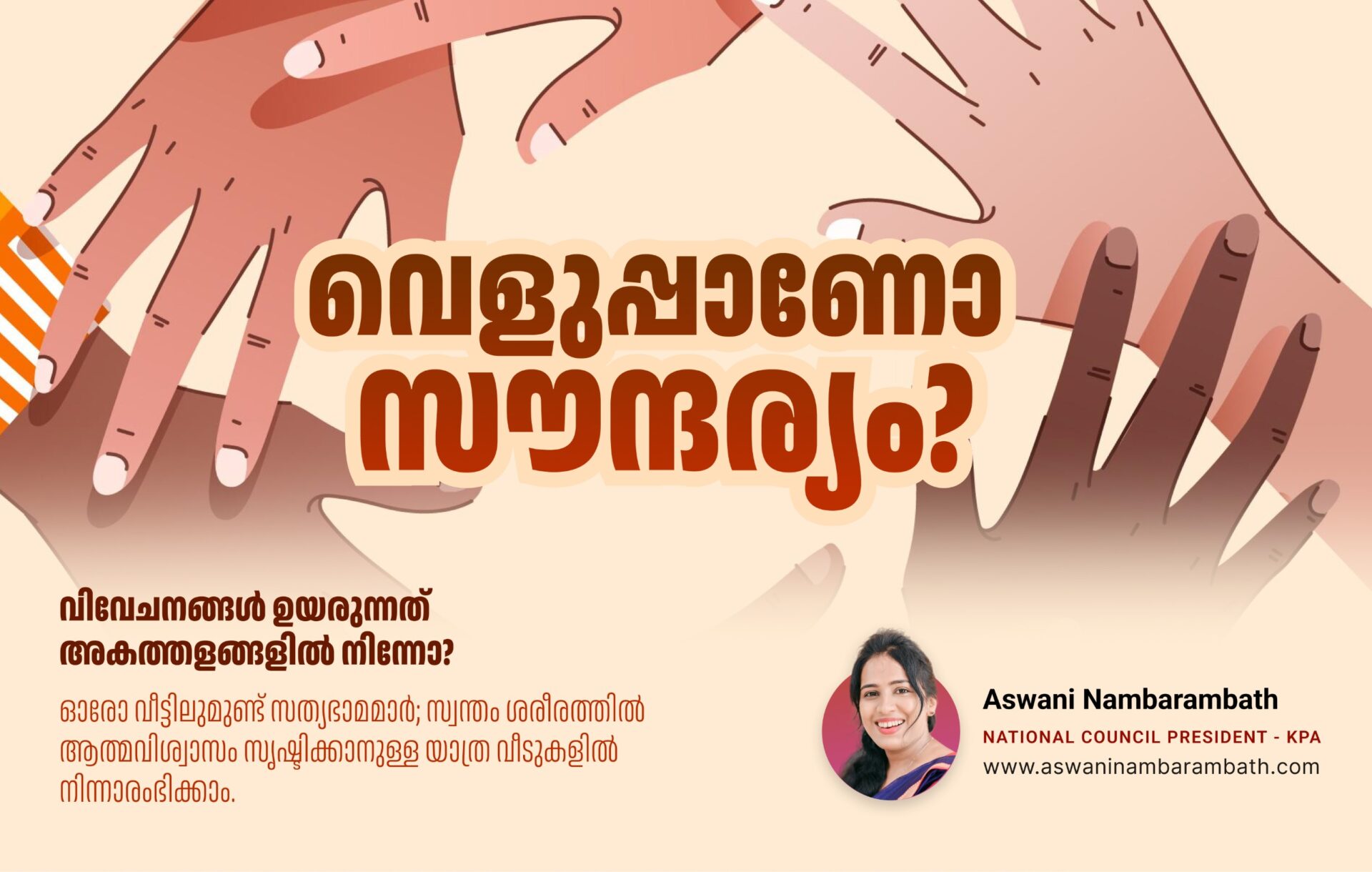From Shame to Strength: It’s time to turn the tide against body shaming
The recent controversy surrounding Mohiniyattam dancer Kalamandalam Sathyabhama’s body-shaming remarks has sparked widespread debate and introspection within the dance community and beyond.
In a recent interview on a YouTube channel, Sathyabhama made racist and casteist remarks, expressing her disdain towards seeing ‘dark’ men performing Mohiniyattam, referring to them as ‘black as a crow’. Her comments not only reflect a deep-rooted prejudice but also highlight the pervasive issue of body shaming, for men and women, within the arts.
Body shaming is a reality that many individuals face, and sadly, it starts at home. It is a serious form of bullying, harassment and humiliation. From the colour of the child’s skin to the baby’s weight, height, and even bodily hair, insensitive comments like these are enough to affect the confidence of any individual, let alone a child.
Instances from childhood where family members, including parents and relatives, casually pass comments about one’s appearance or that of others, leave a lasting impact. These remarks shape perceptions, create a shroud of insecurity, and contribute to a culture of judgment based on physical attributes. Sadly, body shaming no longer discriminates based on gender or age.
The dance community is not immune to the detrimental effects of body shaming. Men, in particular, have been trying to break the glass ceiling for years, and now with a new generation of audiences are finally getting more space on the stage. So, when renowned artists like Sathyabhama make way for such thoughtless comments, it not only breaks the effort but further exacerbates this issue, reinforcing harmful stereotypes and creating barriers for male dancers in the performing arts.
We all deal with our own “Sathyabhamas” at home – individuals who feel entitled to judge others based on their appearance. They adhere to society’s standards of beauty, often disregarding the diversity and uniqueness that make each individual beautiful in their way.
What is saddening and equally concerning is the normalization and silent acceptance of such behavior within society. Society’s obsession with beauty standards only exacerbates this issue, leading to feelings of inadequacy and low self-esteem among those who don’t fit into the mold.
But amidst the negativity, there is hope. According to various news channels, the apparent reference made to Mohiniyattam dancer R L V Ramakrishnan has evoked much outrage and condemnation both from within and outside the dancing community.
The Kerala State Human Rights Commission’s decision to take suo motu cognizance of Sathyabhama’s remarks is a step in the right direction. It sends a clear message that such discriminatory behaviour will not be tolerated, and perpetrators will be held accountable for their actions.
Body positivity is the only cure for trauma related to body shaming. This trauma can lead to various issues like eating and image disorders, social withdrawal, deliberate self-harm and other long-term diseases. As individuals living in a society, we must foster a culture of acceptance and inclusivity, where everyone is celebrated for who they are, regardless of their appearance, and this effort must begin in our homes.
It’s a long journey, but one we must begin. Only then can we create a world where everyone feels comfortable and confident in their own skin.





